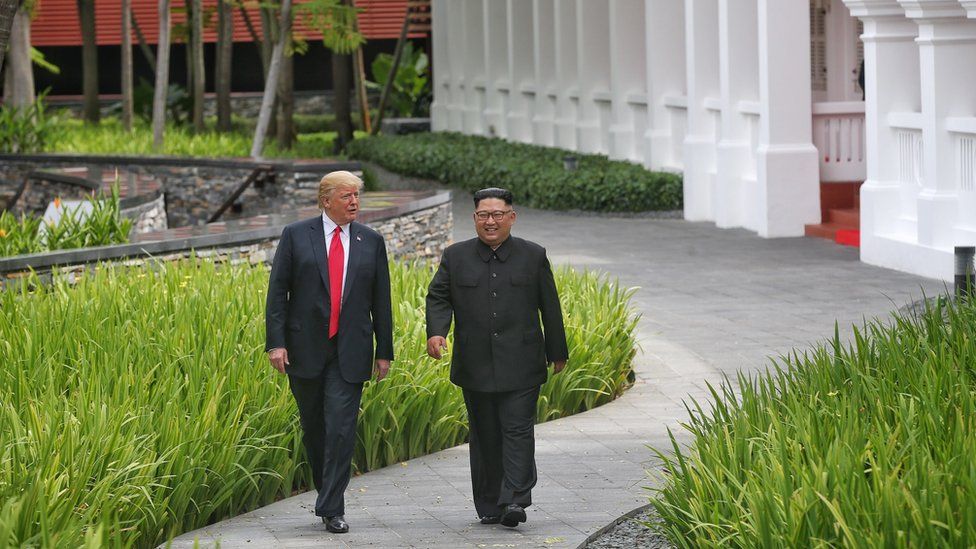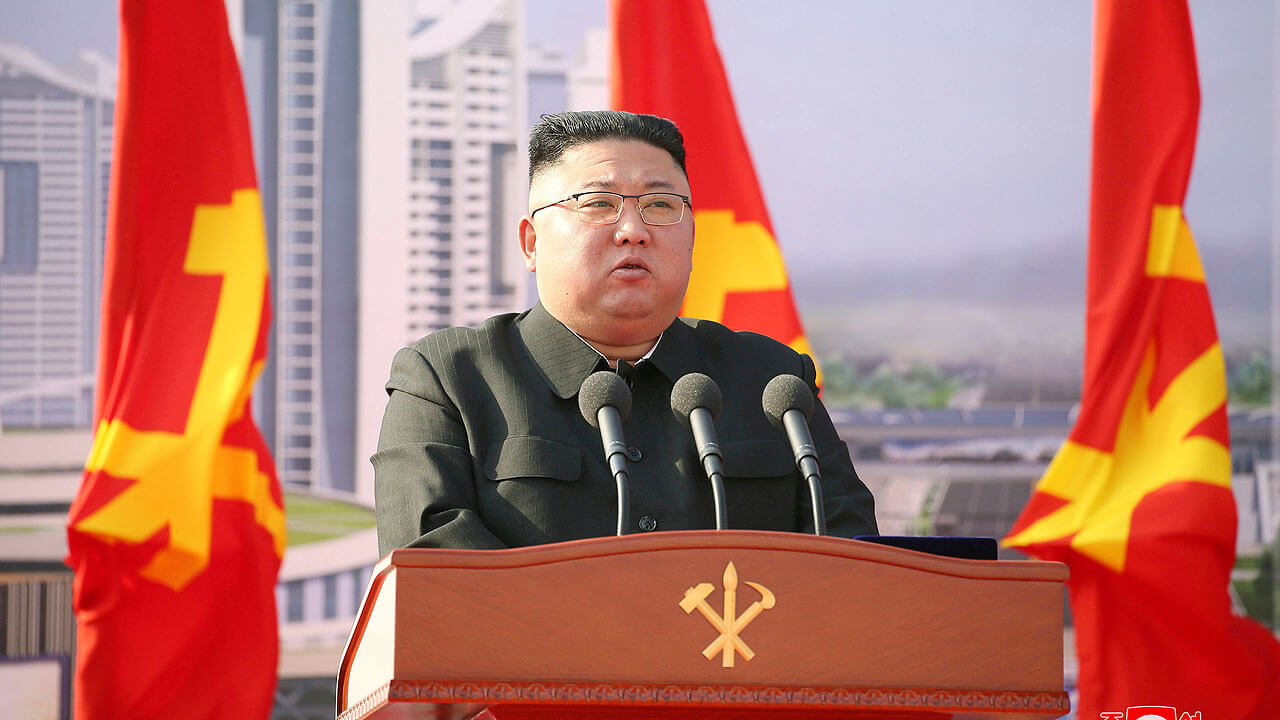Today marks the 10-year anniversary of North Korea’s leader Kim Jong-un’s time in office. The 37-year-old dictator came to power after his father and predecessor, Kim Il-Jong, suffered a sudden heart attack in 2011.
Although many experts at the time speculated that the young and inexperienced Kim, known as the “Great Successor,” would be overthrown in a military coup or a takeover by North Korean elites, he has since firmly cemented his position as the country’s Supreme Leader and ushered in a new era called “Kim Jong-unism.”
But while his own popularity has skyrocketed, Kim’s relentless pursuit of nuclear weapons has worn out his economy. North Korea is now poorer and further isolated than before Kim took power.
Here’s a timeline of major events that have occurred during his authoritarian leadership:
December 30, 2011: Kim Jong Un is named supreme commander of the North’s military. He takes up several other leadership posts at the ruling Workers’ Party and the National Defence Commission.
2012-2014: An era infamously referred to as the “purge.” Kim ordered the execution of several high profile political figures to establish his own dominance.
February 2013: Kim oversees the country’s third nuclear test and the first atomic bomb explosion.
2016: North Korea carries out two more nuclear tests along with its second successful satellite launch.
February 2017: The assassination plot of Kim’s own half-brother at the Kuala Lumpur International Airport through the use of a deadly nerve agent is revealed.
February 2017: China bans all imports of coal and textiles from North Korea for the rest of the year. It also banned exports of petroleum products in line with United Nations resolutions.

July 2017: Pyongyang tests intercontinental ballistic missiles that possess the capability to “easily reach a number of major US cities.”
June 2018: Former US President Donald Trump agrees to meet with Kim in Singapore, marking the first-ever summit between a US president and a North Korean leader. Kim pledges to work toward achieving complete denuclearisation without providing details of the timetable.
2018: Kim Jong-un meets with South Korean President Moon Jae-in and signs a joint statement at the border village of Panmunjom in the Demilitarised Zone.
February 2019: Second summit between Trump and Kim. However, talks collapse because of disputes over US-led sanctions on North Korea.
April 2019: Kim meets with Russian President Vladimir Putin in Vladivostok during the first Russia-North Korea Summit. Both leaders hail their talks as positive and make a toast for friendship.
June 2019: Kim Jong-un meets Trump again at the heavily militarised Korean border. No major breakthrough is achieved.
June 2019: Chinese President Xi Jinping visits Pyongyang first time since taking power. Xi suggests that Pyongyang deserved some easing of the crippling sanctions.
June 2020: North Korea destroys the inter-Korean liaison office in retaliation to the South Korean civilian leafleting campaign.
June 2021: In a rare instance, Kim admits that the North’s food and economic situation is “tense” due to international sanctions and closed borders as a result of the COVID-19 pandemic. Kim compares it to the famine of the 1990s.
July 2021: South and North Korea reconnect hotlines across the demilitarised zone after a period of nearly 14 months.
September 2021: North Korea claims to have tested its first hypersonic Hwasong-8 missile, the world’s fastest weapon and capable of being fitted with a nuclear warhead.
December 2021: Kim asks his country to prepare for a “very giant struggle” next year and to continue to make progress in areas of defence, agriculture, and construction.
During an 11-day mourning period for the 10th death anniversary of his father, which begins today, Kim has ordered a ban on laughing, drinking, and shopping.

